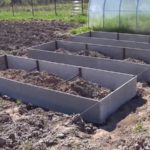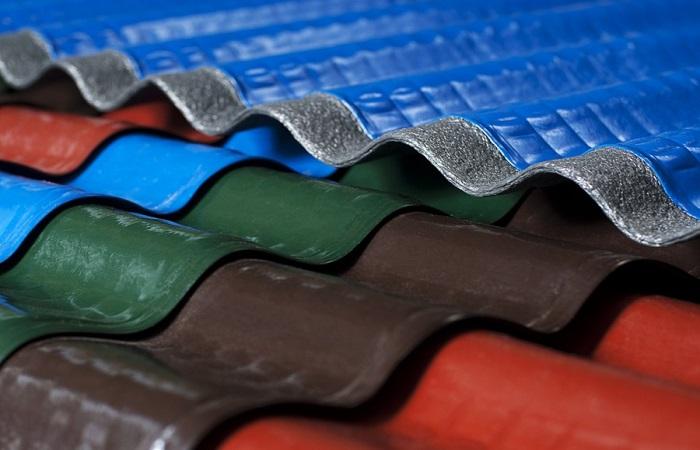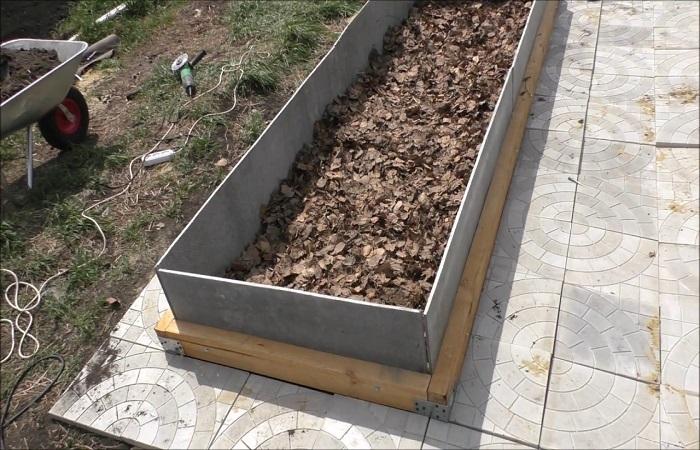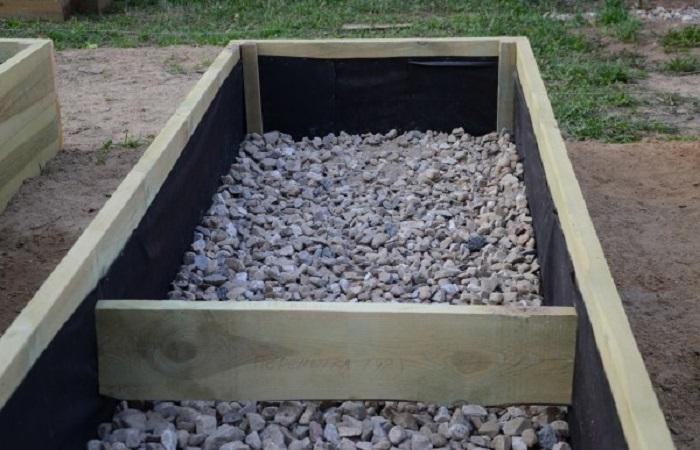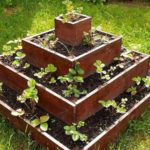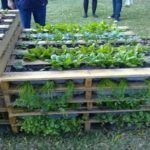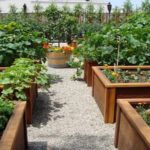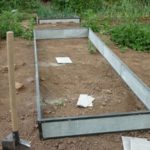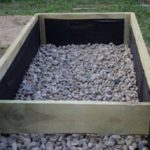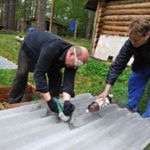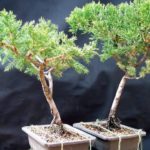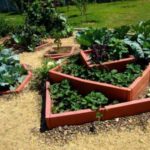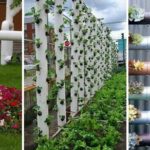Plant productivity is influenced by a large number of factors. These include the timing of planting seed material, the place where crops are grown, and the height of the embankment. Building beds with your own hands helps to achieve good results in growing plants. It is important to choose materials wisely and follow the rules for creating such structures. The gradual implementation of planting work is of great importance.
What are beds needed for?
Do-it-yourself garden beds look quite attractive and have practical benefits.Such structures are made to solve the following problems:
- Reducing the risk of active weed spread.
- Reducing the likelihood of beds falling off. This is especially true for areas with loose soil.
- Possibility of constructing warm beds.
- Possibility of fixing arcs for greenhouses on the sides.
Types of beds
Depending on the shape of the frame, the following types of homemade beds are distinguished:
- square;
- rectangular;
- in the form of a triangle;
- in the shape of a trapezoid.
The materials from which they are made
For the construction of such structures it is permissible to use a variety of materials. The most popular options include the following:
- edged boards;
- wooden beams;
- flat or grooved slate;
- bricks;
- plastic panels;
- concrete;
- film;
- plastic bottles;
- plastic bags;
- metal sheets;
- dense material.
If you use wood, plastic or slate, it will be possible to build a collapsible structure. Thanks to this, it can be easily moved to another place.
Selecting a location
Most plants do not develop well in low light conditions. Therefore, when placing beds on a garden plot, you need to focus on their illumination.
When choosing a landing site, you should consider the following recommendations:
- Do not plant crops in low places or on northern slopes. There the soil freezes much more strongly than on flat areas. As a result, yield parameters can be significantly reduced. In addition, in the lowlands there is stagnation of moisture, which increases the risk of rotting of the root system.
- The site should not have a strong slope. Otherwise, the water will begin to drain when watering, and the plants will experience a lack of moisture.
- Large trees or buildings should not be located near the plantings. They provoke shading of crops.
- The beds should be placed from north to south. Thanks to this, they will be evenly illuminated by the sun throughout the day.
Height, shape and dimensions
Structures can have different lengths. They are usually made up to 10 meters. However, watering such structures may not be very convenient. Therefore, an embankment 3.5-4 meters long is considered the best option. In this case, the width should be 80 centimeters. You should not exceed this size, as it will be inconvenient to process the bed.
The shape of the beds can be different - rectangular, triangular and even oval. At the same time, it is important to focus on your convenience in terms of watering and weeding.
As for the height, the structure should be raised by 35-50 centimeters. This is enough to prevent rotting processes. Very high beds up to 80 centimeters are usually made in wetlands. However, constructing them can be quite difficult. In addition, to create such structures you will need a lot of fertile soil.
Drainage
If the site is located in a lowland or swampy area, growing many plants on it can be very problematic. Vegetables and berries spoil quickly and contain significantly less sugar.
To avoid such problems, it is recommended to provide drainage to the area. It is important to consider that not all plants require it. Moisture-loving crops include melons, cucumbers, zucchini and garlic. For other plants, the area should be drained.
Multi-level structures
This technique is often used for decorative purposes. Structures that are raised to different heights look very impressive. They are also often built when there is not enough space on the site.
At the same time, caring for plants that are located in multi-tiered structures is much more difficult.In addition, they are only suitable for crops with a weak root system. These include parsley, dill, lettuce, certain types of flowers and strawberries.
To create multi-tiered structures, it is worth using special wooden boxes. In this case, it is better not to use metal sheets. They heat up in the sun and cause the soil to dry out quickly.
Lazy beds
Such mounds are perfect for planting a large number of crops. They are distinguished by their small height and in appearance resemble trapezoids without the use of a box. However, such embankments will have to be built every year, since they settle during the winter.
To make a lazy bed, it is recommended to dig a small ditch in the area of the path and level the ground with a rake. In this case, it is recommended to throw the soil into the garden bed. The drier the soil on the site, the lower the height of the embankment should be.
In swampy areas, it is recommended to dig paths as deep as possible. In this case, the beds should be quite high. There is no need to do this on sandy soil - just trample paths in the dug up soil.
Making beds with your own hands
To make beds with your own hands, it is recommended to follow these recommendations:
- To begin, dig up the soil using the bayonet of a shovel. In this case, it is worth removing weeds and stones.
- When constructing a frame, it is important to ensure that the walls are at the same level. In this case, the joints must be placed at the desired angle.
- Tall structures should be laid in the fall. Thanks to this, the lower layers of soil will rot well over the winter, and the rest will settle and mix.
- If you plan to build beds in the spring, it is recommended to do this 1 month before planting.
- After assembling the beds, it is necessary to water the soil intensively. This helps to compact its layers.
- After harvesting, it is worth placing the remains of tops, leaves, and grass on the ground. They will rot during the winter and saturate the soil with valuable elements.
To fill the beds, it is recommended to do the following:
- Place a metal mesh with small cells on the bottom. It will protect crops from moles and rodents.
- Place 1-2 layers of cardboard on top. It will help protect the soil from weeds and rodents.
- Create drainage that will ensure the removal of excess fluid. For this, it is permissible to use crushed brick, gravel, sand, and expanded clay.
- Place a layer of leaf soil or fallen leaves.
- Lay a layer of organic fertilizer. For this, it is permissible to use chicken droppings, peat, and horse manure.
- Fill in nutrient soil with the addition of combined mineral preparations. In arid regions, it is permissible to additionally use hydrogel. It will help maintain optimal soil moisture.
- After planting, mulch the soil.
Possible mistakes
When building beds with your own hands, many people make common mistakes. These include the following:
- Inconvenient location of paths. The central paths should be made wide enough for the passage of a wheelbarrow and a cultivator. Side paths should be easy to walk through. It is also important to pay attention to preventing the appearance of weeds in these places.
- The beds are too wide. This will make caring for them inconvenient. In such a situation, you will have to step on the ground in the central part to care for the plants that grow there. To easily reach the central part, it is worth making beds no more than 80 centimeters wide.
- Wrong choice of materials.You should not use rotten boards to build beds. They may contain pathogenic bacteria and parasites. It is best to use thick boards that are resistant to rotting processes.
- Wrong choice of substrate. In order for plants to grow and develop normally, they need to be provided with nutritious soil. To fill raised beds, use a mixture of topsoil, coconut coir, compost and shredded leaves. Instead of coir, it is permissible to use peat.
Homemade garden beds have many benefits. They help save space on the site, make it easier to care for plants and increase their productivity. It is important to follow the basic recommendations for the construction of such structures.


